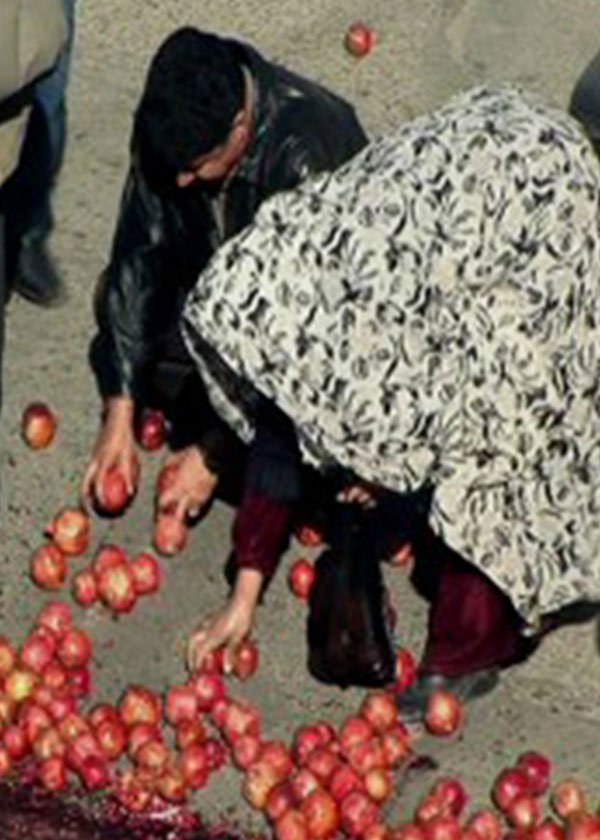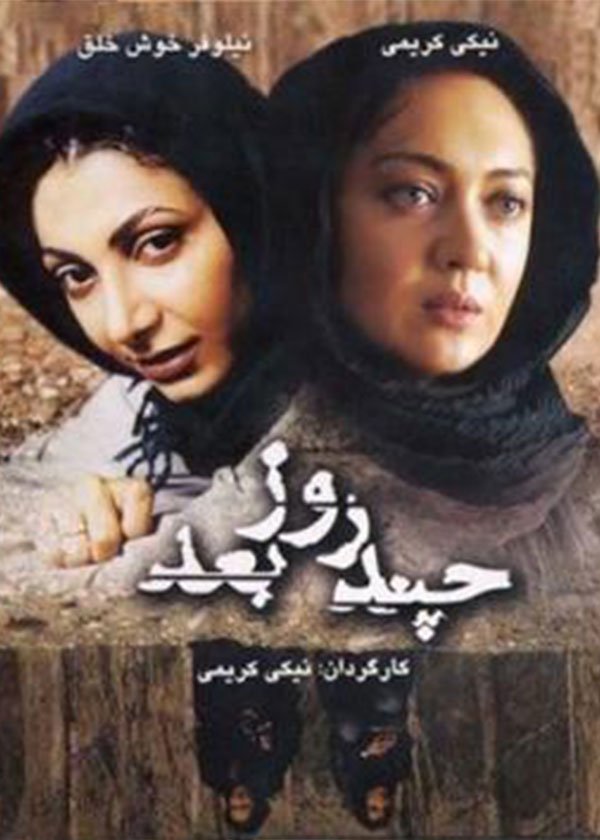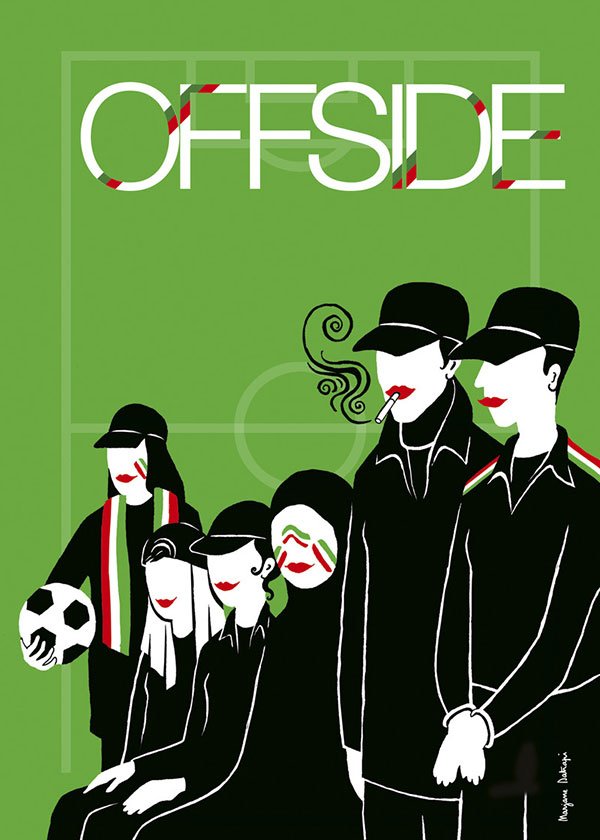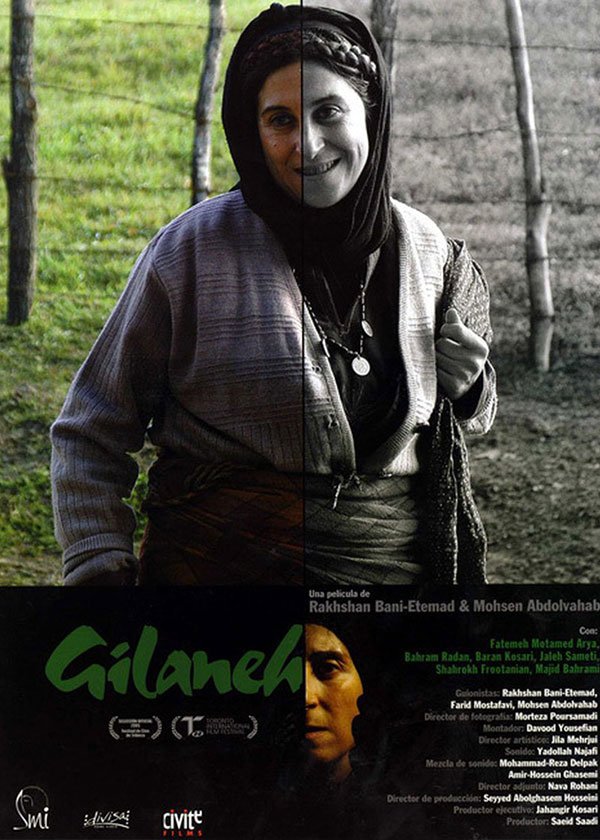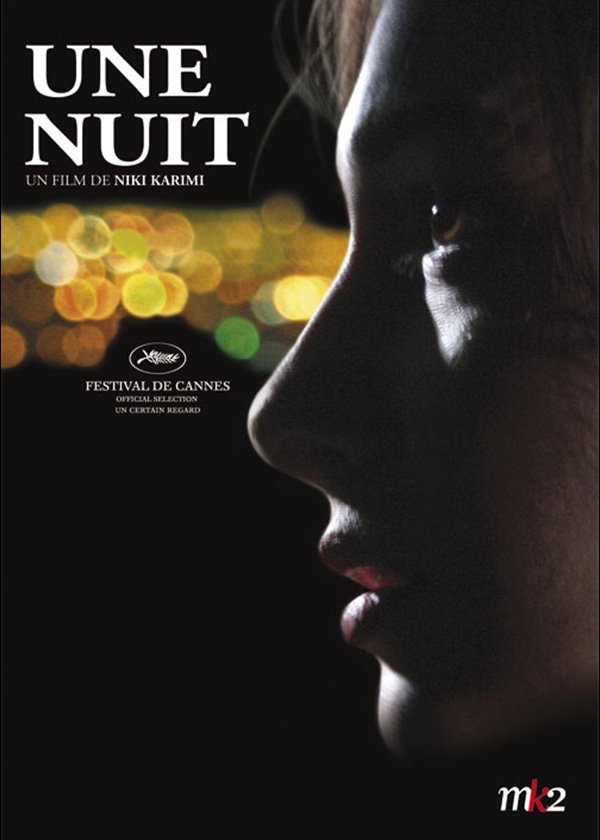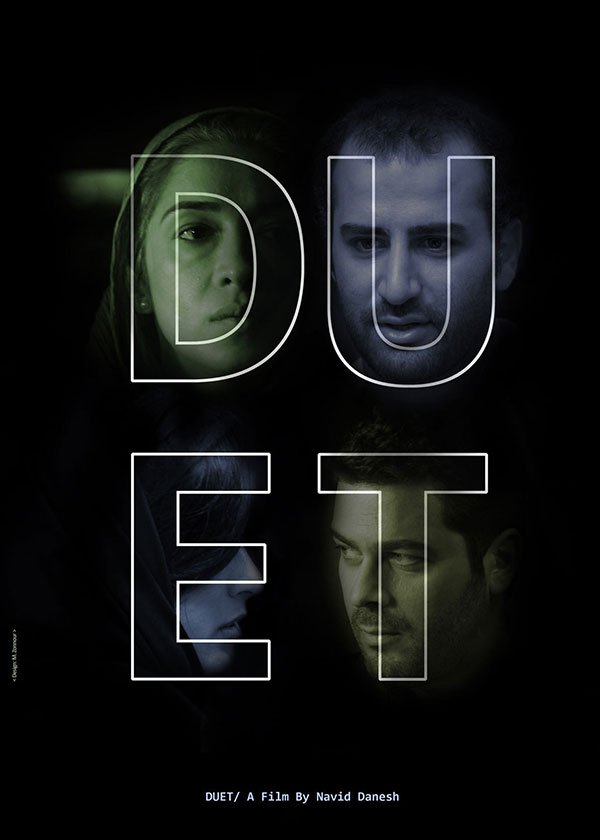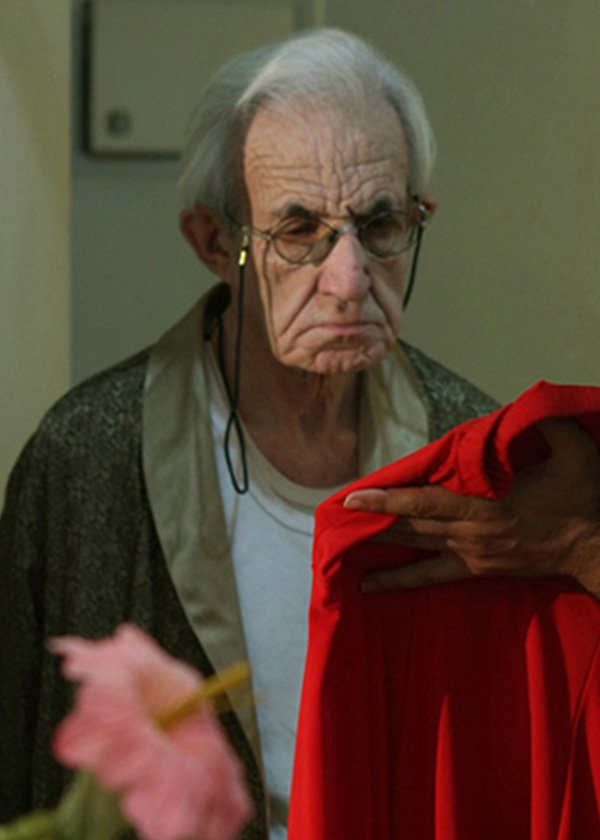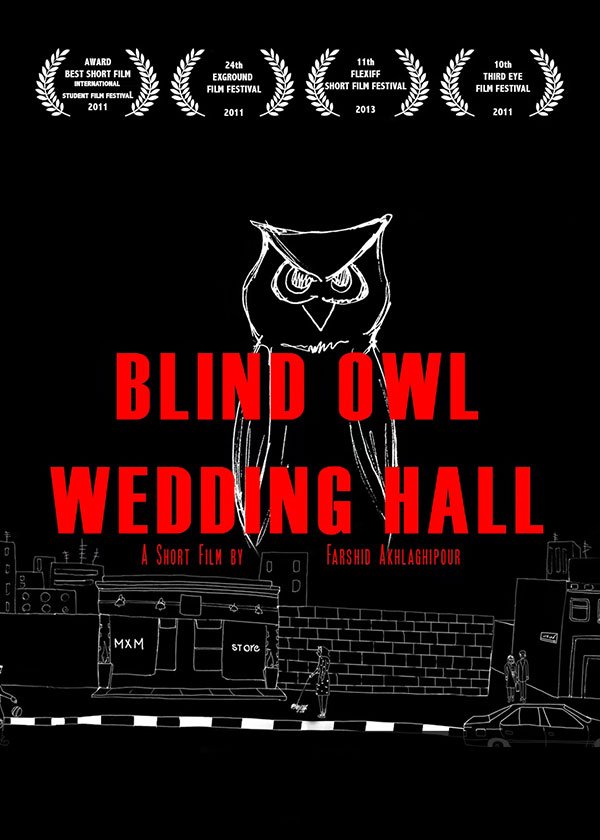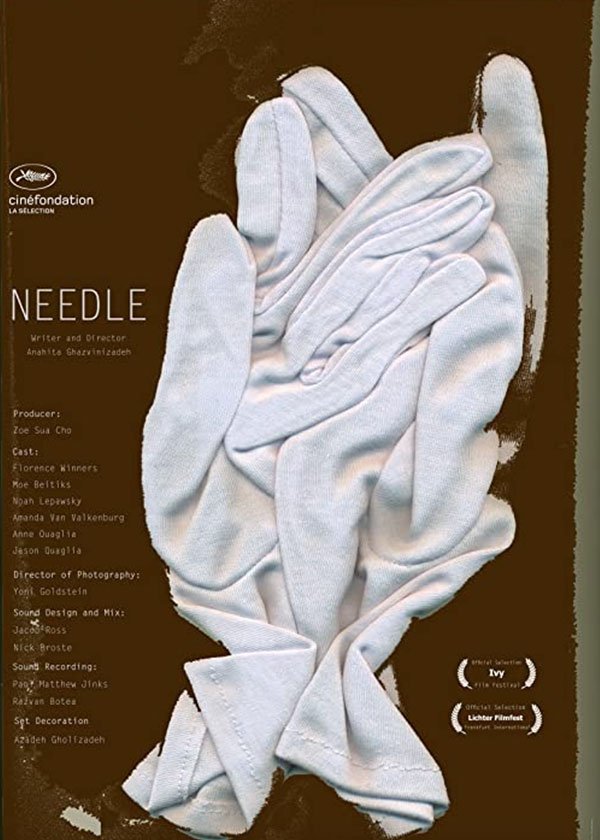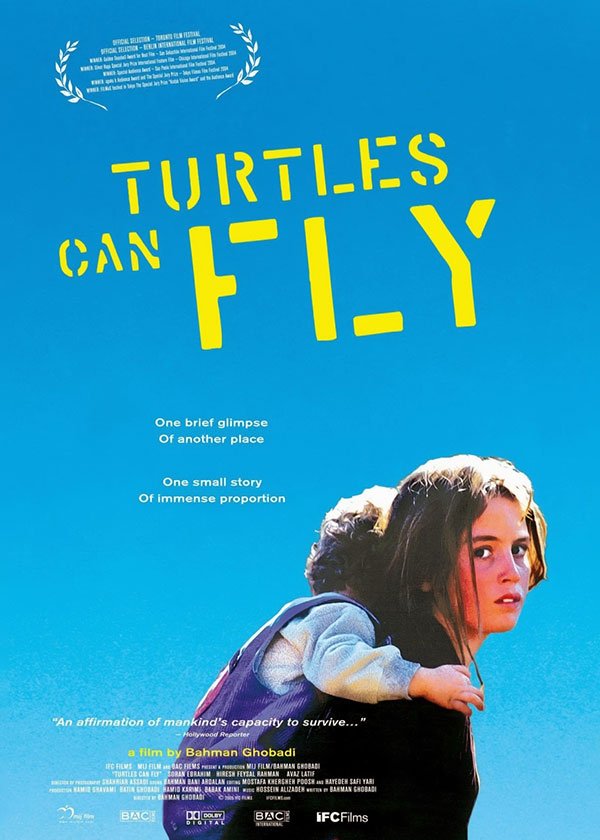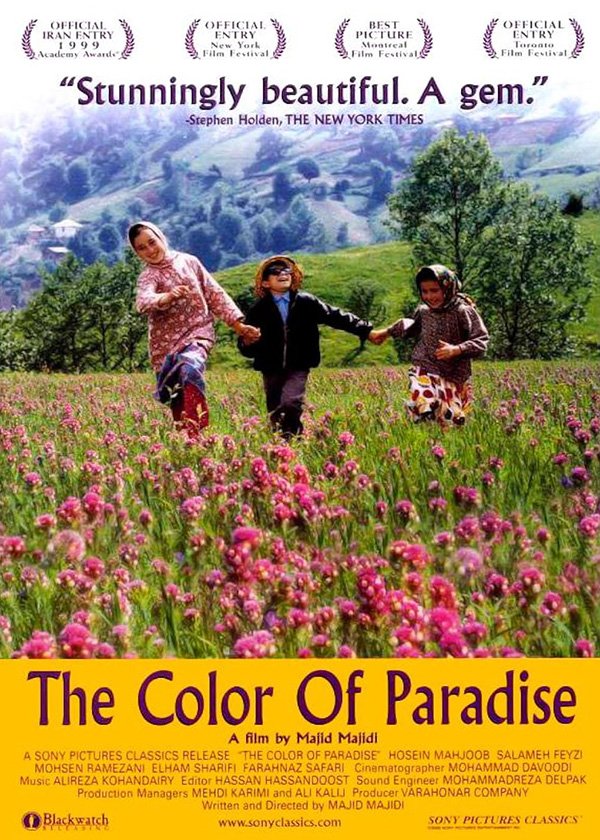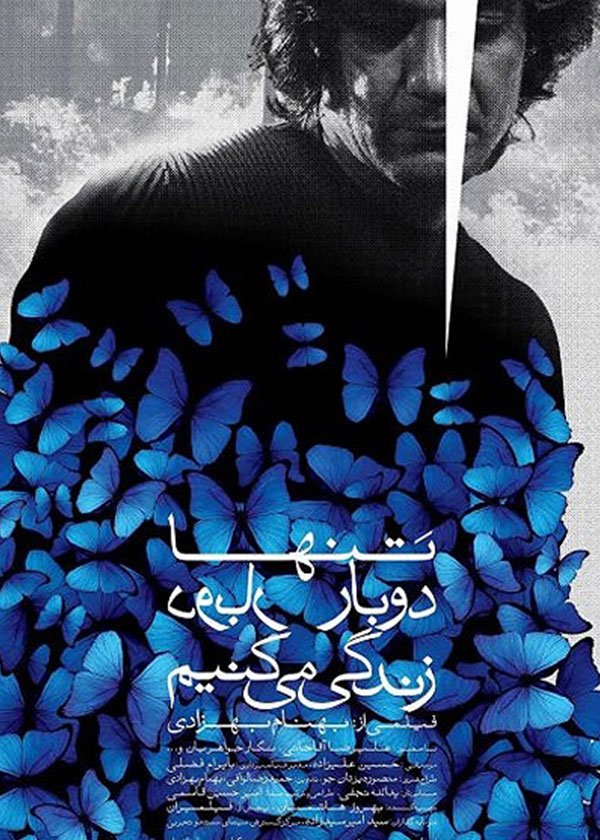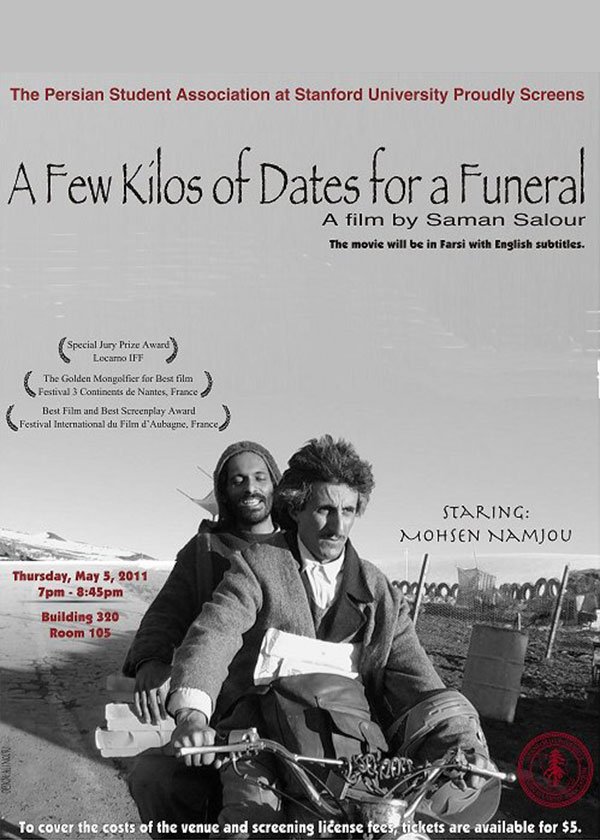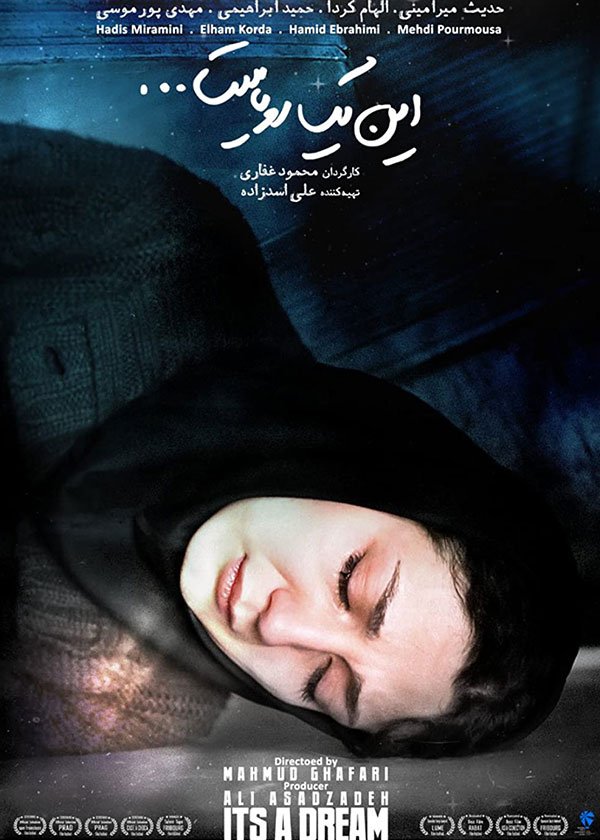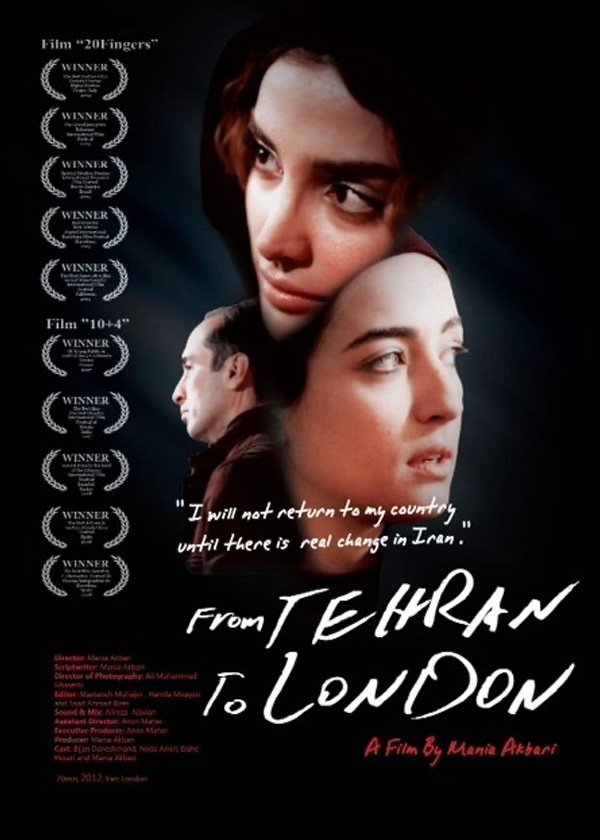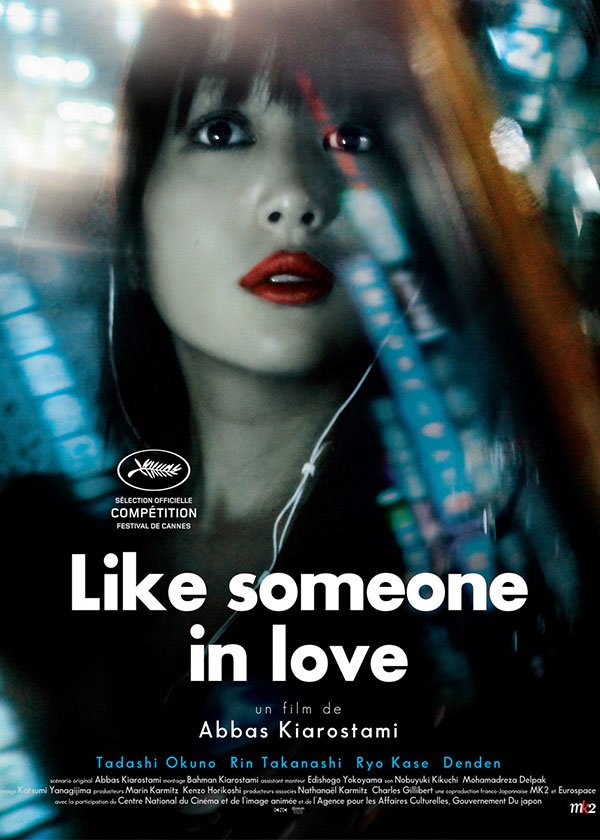
The whole village knows that Mashti Hassan loves his cow to death. One day he goes to the Tehran. His cow dies. The villagers are afraid of what might happen once Hassan finds out his cow is dead. What will happen when he finds out?
Directed by: Dariush Mehrjui
Production Year: 2023
Country: Sweden
Length: 119 minutes
Credits
Director: Dariush Mehrjui
Writer: Dariush Mehrjui, Gholam-Hossein Saedi
Producer: Dariush Mehrjui
Cinematographer: Fereydon Ghovanlou
Production Designer: Esmaeil Arham Sadr
Composer: Hormouz Farhat
Editor: Zari Khalaj, Dariush Mehrjui
Sound: Yadollah Asgari, Bahram Darai, Hormouz Farhat
Cast
Ezzatolah Entezami
Firouz Behjat-Mohamadi
Mahmoud Dowlatabadi
Parviz Fannizadeh
Jamshid Mashayekhi
Ali Nassirian
Ezatallah Ramezanifar



